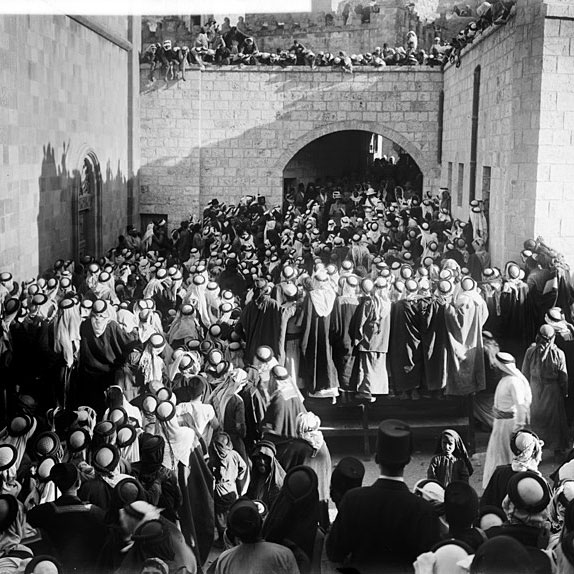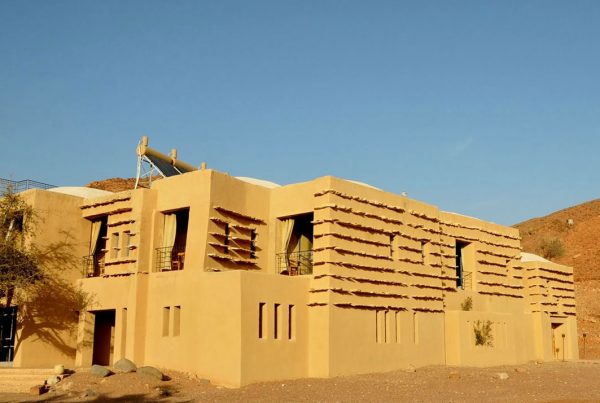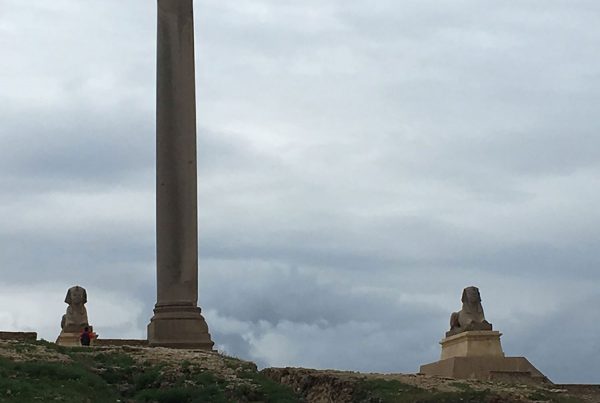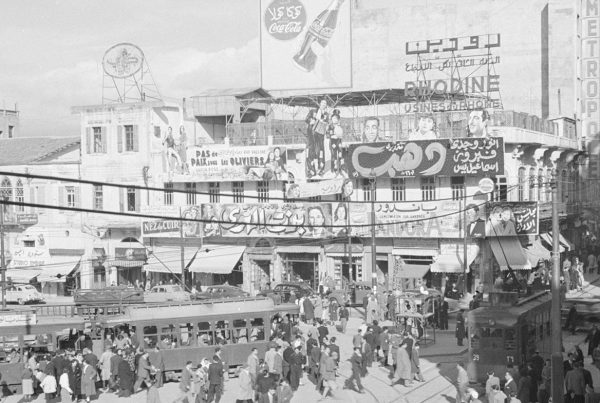The Middle East has experienced considerable turmoil in the past 60 years, with civil war and regional conflict causing immense hardship to local inhabitants, and inflicting severe damage on the infrastructure within individual countries. As a result, many buildings have either been destroyed or damaged beyond repair, including those that bore legacy to the colonial past of many of the countries that make up the region.
Sykes-Picot
It was in the period after the First World War that the region really experienced colonialism on a major scale, following the Sykes-Picot secret agreement drawn up in 1916 between Britain and France. That agreement, which came into force after hostilities ceased in 1918, divided the Middle East into two spheres of influence – France took responsibility for the areas now known as Syria and Lebanon, where it had long-standing economic and cultural interests. Britain, on the other hand, took Mesopotamia for itself, corresponding to present-day Iraq, and surrounding territories like Jordan. The fate of Palestine (including much of present-day Israel) was undecided but, in the end, fell within the British sphere.
The two countries had completely different attitudes to colonialism. Britain wanted their colonies to be self-governing and did not try to impose their culture on them, France, on the other hand, regarded their colonies as part of France itself, and used an approach of assimilation which involved introducing their culture, including styles of architecture, to the colonies themselves. That different approach is the main reason why, where it has been spared by the ravages of war, French colonial architecture survives to a much greater extent than British.
Lebanon and Syria
French colonial architecture is most commonly still seen in Beirut, a city where a visitor can still buy bread from a local boulangerie, eat dishes like Salade Niçoise and Foie Gras, and sip a pastis by next to the sea. They can also enjoy old buildings like the Grand Theatre, modeled on the old opera house in Paris, or stroll along the Avenue de Paris, next to the Corniche, and view the defunct lighthouse, built by the French in the 1920s.
Elsewhere, in the district around the French embassy, their buildings resonant with its colonial past, including the Université Saint-Joseph, the Hôtel-Dieu de France Hospital, and the Grand Lycée Franco-Libanais. And, for those looking for traces of Beirut’s more racy past, the restored Phoenicia Hotel, reduced to rubble during the civil war, evokes memories of the 1960s when French stars like Brigitte Bardot and Jean-Paul Belmondo were regular visitors.
Beirut, though, is not immune from modern planners and developers who want to replace the old with the new, either because they want to erect concrete and glass instead of stone, or because they wish to eradicate the physical reminders of Lebanon’s cultural past. Many old buildings have been destroyed in the ostensible name of progress, and others are scheduled for destruction.
To counter those trends, movements like Save Beirut’s Heritage has started, pleading with authorities to restore old buildings, rather than simply tearing them down. They have had some success – the Residence des Pins, which was the former seat of power for the French colonial administration, and is a stunning neo-Moorish building, has been fully restored. However, on the whole, protesters are fighting a losing battle.
Jordan, Palestine and Iraq
The preservation of the country’s architectural heritage has been low on the priorities of the Syrian people in the past decade, which has seen significant damage to major cities like Damascus, Homs, Aleppo, and Latakia. It remains to be seen what remains of its French colonial architecture, and the political will, and economic resources, to restore or preserve it in the years to come.
The British influence on the Middle East is less visible, although many might not realize the role played by the designer, Charles Robert Ashbee, who was Civic Adviser to the City of Jerusalem, in the post-World War One era, who took it upon himself to personally oversee conservation and repair work in the city, respecting local Palestinian traditions and materials. Amongst his greatest achievements were to repair the damaged Dome of the Rock.
Arguably the country where the British style was most in evidence was Iraq, where, concentrated in major cities like Baghdad and Basra, they attempted to merge both local and foreign styles, using local architectural elements and materials, blended with modern designs. A series of new towns were designed as well as buildings like museums and universities, with elements of grand colonial features imported from India. There were also a large number of administrative buildings constructed called Serais, which were located in strategic spots, and acted as centers for justice, land registration, tax collection and the administration of local government. Few of these remains, however, victim, as so much of the infrastructure in the region has been to the civil war and regional conflict of the past decades.
Influence
The colonial-era did not last as long in the Middle East as it did in other parts of the world such as North Africa, Indo-China, or India, and, therefore, the architectural legacy from that era is not as great either. Unfortunately, much of what was built has been destroyed or damaged beyond repair due to the political and civil upheavals all these countries have experienced. And even in areas where substantial elements of that legacy are still to find, like Beirut, those who value this heritage are facing a losing battle against the onward march of the developers.










